How I care for my Prayer Plants
My Prayer plants get any prime real estate near the humidifier.
I thought I would write about how I take care of my Prayer plants which includes my Calathea (reclassified as Goeppertia — I’m not ready to call them that yet), Stromanthe, Ctenanthe and Maranta. I wanted to write about this since they aren’t the easiest of plants to care for, but in no way impossible. But don’t expect them to be like a ZZ or Snake plant! I hope it’s helpful to others who might be thinking about picking one up :).
Spoiler alert: I don’t keep them in a cabinet or grow tent!
My first Prayer Plant Maranta leuconeura variegated (this one is much less demanding than Calathea)
My relationship with Prayer plants has been complicated. There’s definitely been low points, but that was my own fault, I didn’t take the time to learn how to make sure they were happy. I think they are worth the time and effort. Once the balance is figured out I don’t feel that they demand too much.
I’ve never seen a prayer plant I haven’t immediately fallen in love with. Their leaves are all works of art. I’m always in awe and can’t believe the beauty of nature.
Calathea ‘White Fusion’
If you watch prayer plants throughout the day you will notice that their leaves move up and down (hence the name). One theory is that this movement is to maximize the capture of water. During the day they lower their leaves to absorb moisture and rain while at night the leaves move inwards to retain water and move any water to the center of the plant.
Before I knew about this behaviour I used to swear I would see movement from the corner of my eye. I also would hear my partner say, “that plant just moved!” a lot, which prompted research.
Calathea ‘Ornata’
Here’s how I’ve been taking care of my Prayer plants.
Soil: I’ve been using regular potting mix. Soil should be able to retain moisture without being overly wet.
Water: I use distilled water since chemicals in tap water can cause leaf tips to brown. I never let the soil completely dry out. I keep the soil moist but never too wet. I water when the soil is almost dry.
Light: I have most of my prayer plants in medium light, where they are approximately 6-7 feet away from a south facing window. They get a little bit of morning sun, which is much more gentle. Direct afternoon sun can cause their leaves to burn. They are happiest in bright indirect light.
Fertilizer: During spring and summer I use MARPHYL Organic Liquid Marine Phytoplankton Soil Enhancer every other week.
Humidity: I keep most of my prayer plants near a humidifier (especially in the winter when the heat dries the air). I set it to around 65%. If you’re able to give them more I wouldn’t hesitate, but I’m not willing to set up a grow tent or plant cabinet in my office (at least not yet!). Certain prayer plants such as the Stromanthe ‘Trio Star’ and Calathea ‘White Fusion’ really need the humidity, while others such as the Calathea ‘Makoyana’ and Ctenanthe ‘Burle Marx’ are okay with less from my experience.
Calathea ‘Warscewiczii’ the leaves are velvety!
Stromanthe ‘Triostar’
From my experience prayer plants can be fussy, but in no way impossible. I had to learn how to take care of them, the first prayer plants I took home felt impossible. Without a humidifier and watering with tap water caused their leaves quickly go brown and crispy. It didn’t help that I thought they had thrips from the garden center (I’m still wondering if they did or if I was paranoid). I panicked and spayed they with an insecticidal soap that was too strong (Calathea specifically tend to have sensitive leaves). That was a recipe for disaster…
I didn’t give up on them though. I got a humidifier and started watering with distilled water. It took some time but new growth started to show up and this time didn’t crisp up. They doing much better today (almost a year later) but I feel like they are still recovering. Hopefully this spring they make a full recovery.
With a humidifier and distilled water they’ve done pretty well for me. From time to time I see some brown tips but for their beautiful foliage they are worth a little extra attention. But I’m not surprised since I’m not keeping them in super high humidity so that’s a trade off I’m willing to make.
Calathea ‘Freddie’
Here’s a list of the Prayer plants I own ordered from easiest to most challenging from my personal experience.
Calathea ‘Makoyana’
Maranta leuconeura ‘Lemon Lime’
Ctenanthe ‘Burle Marx’
Maranta leuconeura kerchoveana (and variegated form)
Stromanthe ‘Magic Star’
Calathea ‘Compact Star’
Calathea ‘Beauty Star’
Calathea ‘Freddie’
Calathea ‘Medallion’
Calathea ‘Dottie’
Calathea ‘Warscewiczii’
Calathea ‘Ornata’
Calathea ‘White Fusion’
Stromanthe ‘Trio Star’
I’m more than happy to talk about my experience with a specific Prayer plant.
Below are a few more I have in my collection.
Maranta leuconeura ‘lemon lime’
Calathea ‘Beauty Star’
Calathea ‘Medallion’
Stromanthe ‘Magic Star’
Calathea ‘Makoyana’
Calathea ‘Compact Star’
Calathea ‘Dottie’
Ctenanthe ‘Burle Marx’
